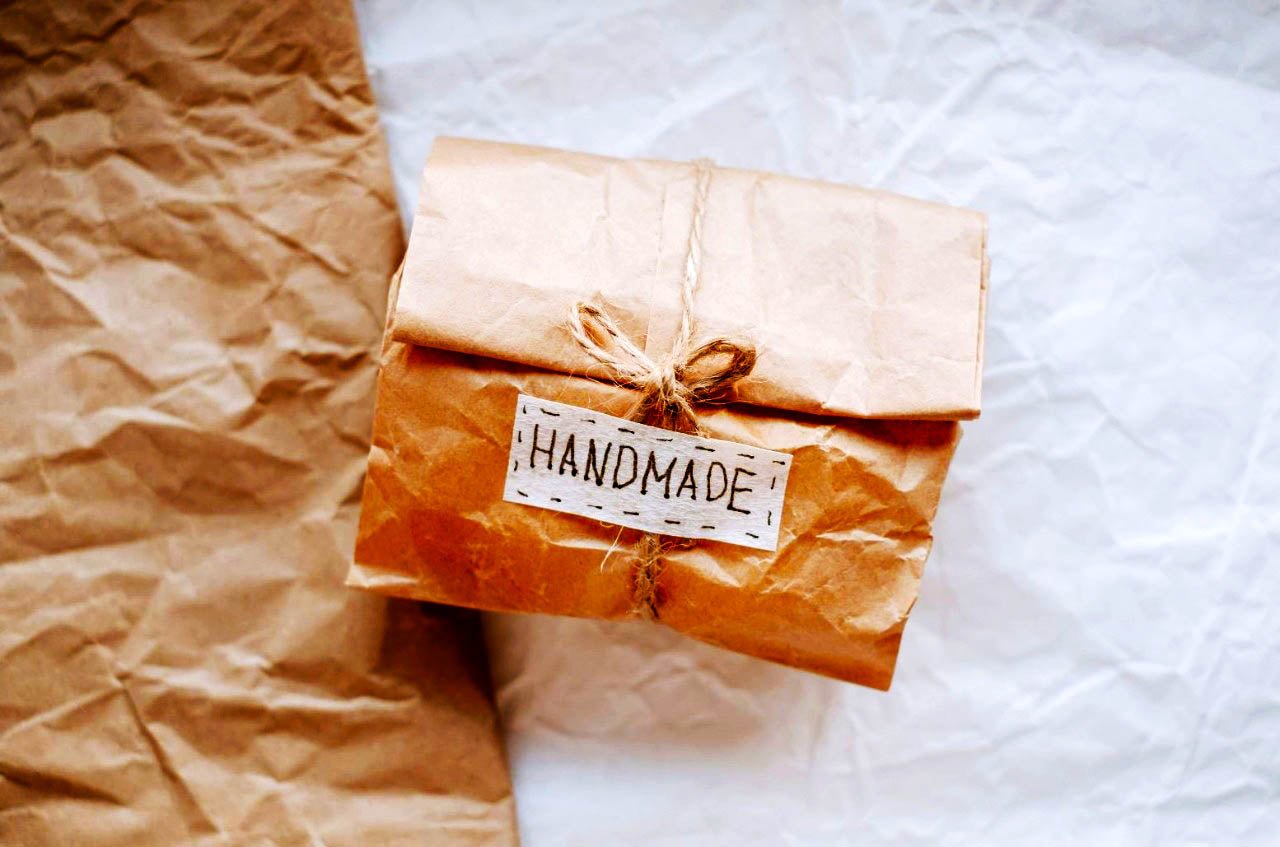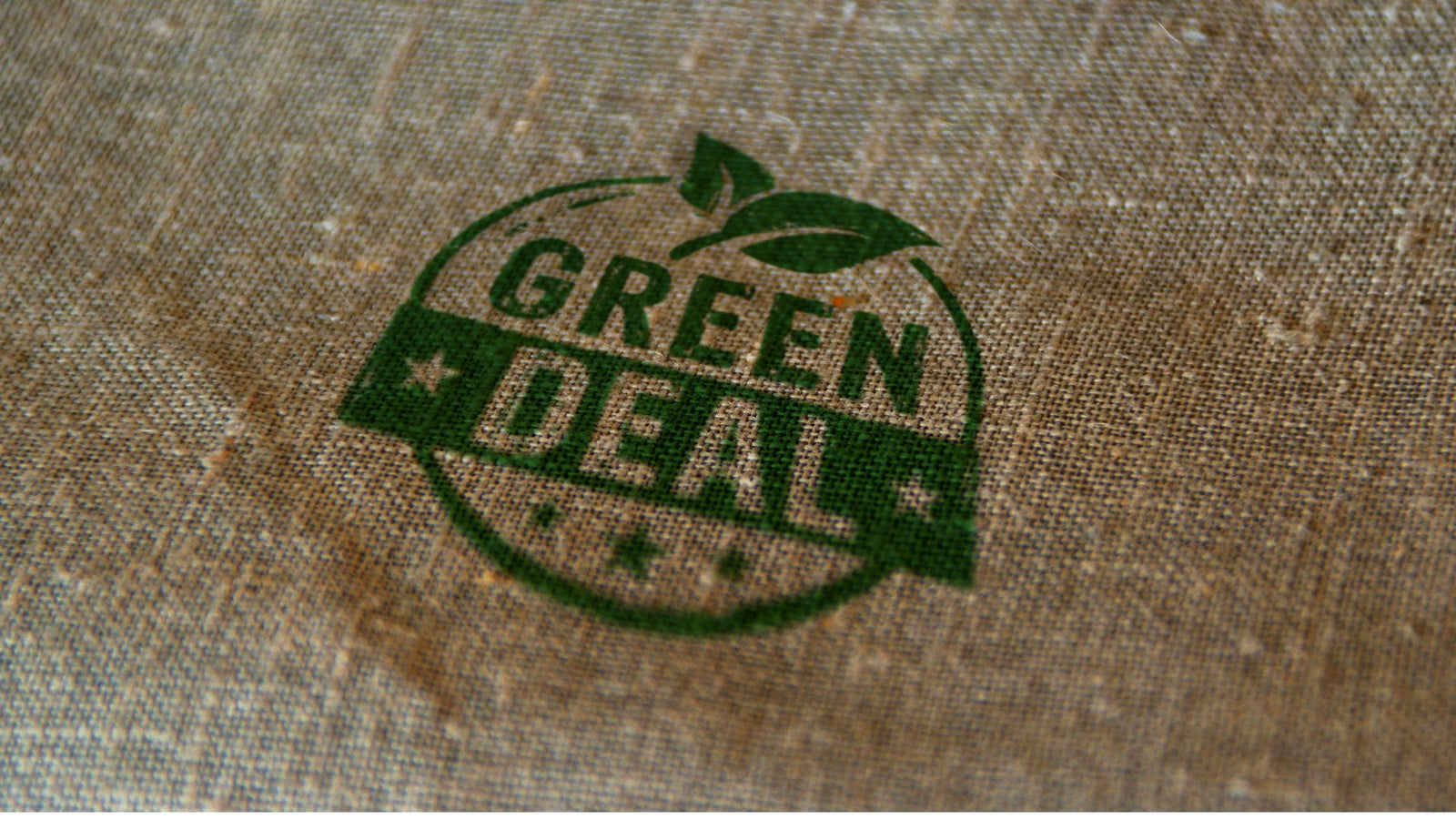We assume that handicrafts, artisanal products and craft-made objects are interchangeable terms for anything “handmade”. Open-ended definitions are understandable because the term “handmade” is a collective description of the aesthetic, economic and cultural framework for millions of people globally. The lack of a standardized, generally accepted definition of “handmade/handcraft” destabilizes sustainability reporting, ESG dimensions and other urgent, data-driven concerns.
Products That are Truely Handmade
1. An Artisan Definition of Handmade
True handmades are created, essentially, by human hands. “100% handmades” can use hand tools or even limited mechanical processes—as long as the artisan’s work and skills remain the most substantial value-add of the finished product.
2. ESG Dimensions of Handmade Products
International reporting directives require that raw materials and other inputs for handmades have transparent supply chains and be sustainably produced. Use of non-sustainable materials or partially automated processes should be identified as “mixed-handmades”. Non-compliant goods should be identified as “commercial”.
3. Sustainability in Handmade Goods
Handmades have lighter environmental footprints by a magnitude. The carbon dioxide lifetime equivalent of a cotton handmade rug is 3.5% that of a machine-made rug. Many handmade processes are circular and regenerative. Consequently, shifting consumer preferences towards handmades is indispensable to de-carbonization and sustainable consumption.
4. Cultural Coding in Handmades
True handmades are saturated with cultural history, social or religious significance, meaning and merit. These include artistic, creative, decorative, aesthetic, utilitarian and symbolic traditions.
A Broader Definition of Handmades: Handmade+
A robust “handmade” definition is an essential starting place. Upcoming international reporting requirements and the need to manage urgent challenges seem to require defining-to-measure lifecycle touchpoints. We propose “Handmade +”, to include the elements below:
Craft Analytics
- Trade volumes
- Employment demographics
- AI-driven consumer tools
- Predictive analytics
- Quality benchmarks
- Effective marketing
- Statistics and reporting
ESG+
- Maker livelihoods / Quality of life
- UN Development Goals
- De-carbonized consumer goods
- Europe’s Corporate Sustainability Reporting Directive, (CSRD)
- G-20’s International Sustainability Standards Board, (ISSB)
- USA’s SEC Climate-Related Investment Disclosures
- Stakeholder statistics and reporting
What We’re Learning
The general perception of crafts can be self-defeating. See our Craft Differentiation Strategy for examples. Large brands appear to stay away from handmades because of, in part, a common misconception that crafts must always be small-batch-make in limited quantities. That is often the reality, but it is not true functionally. Handmades are already made at scale.
5. Handmades Can Be Made at Scale
The handmade sector self-organizes into scale capabilities. If makers get a larger order that they cannot meet with current resources, makers engage additional maker communities to meet the requirements. Raw materials and the totality of skilled hands are the only real limiting factors. Counterintuitively, this means there are few restrictions or upper limits on production. The fact that the craft sector is differently organized than commercial production does not mean true handmades cannot meet global demand at scale.
6. Consumer Expectations of Handmades
No two artisan/karigar products of the same design are ever alike, even at scale make. Consequently, volume products still meet the above definition of handmade.
Something to Say?
Tell us what you think? Write us at info@greige.co
Copyright © 2022 - 2023, Greige.co. All Rights Reserved.






